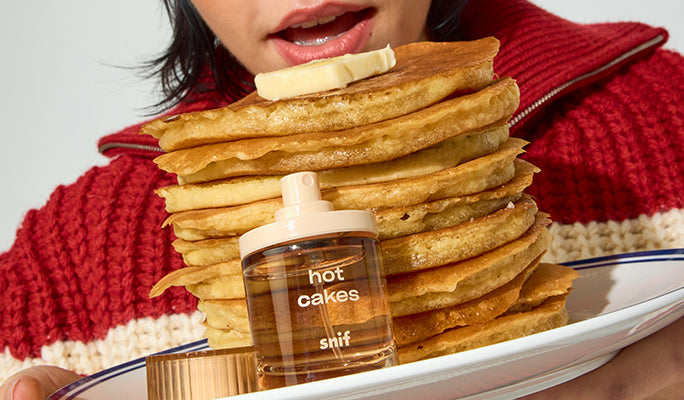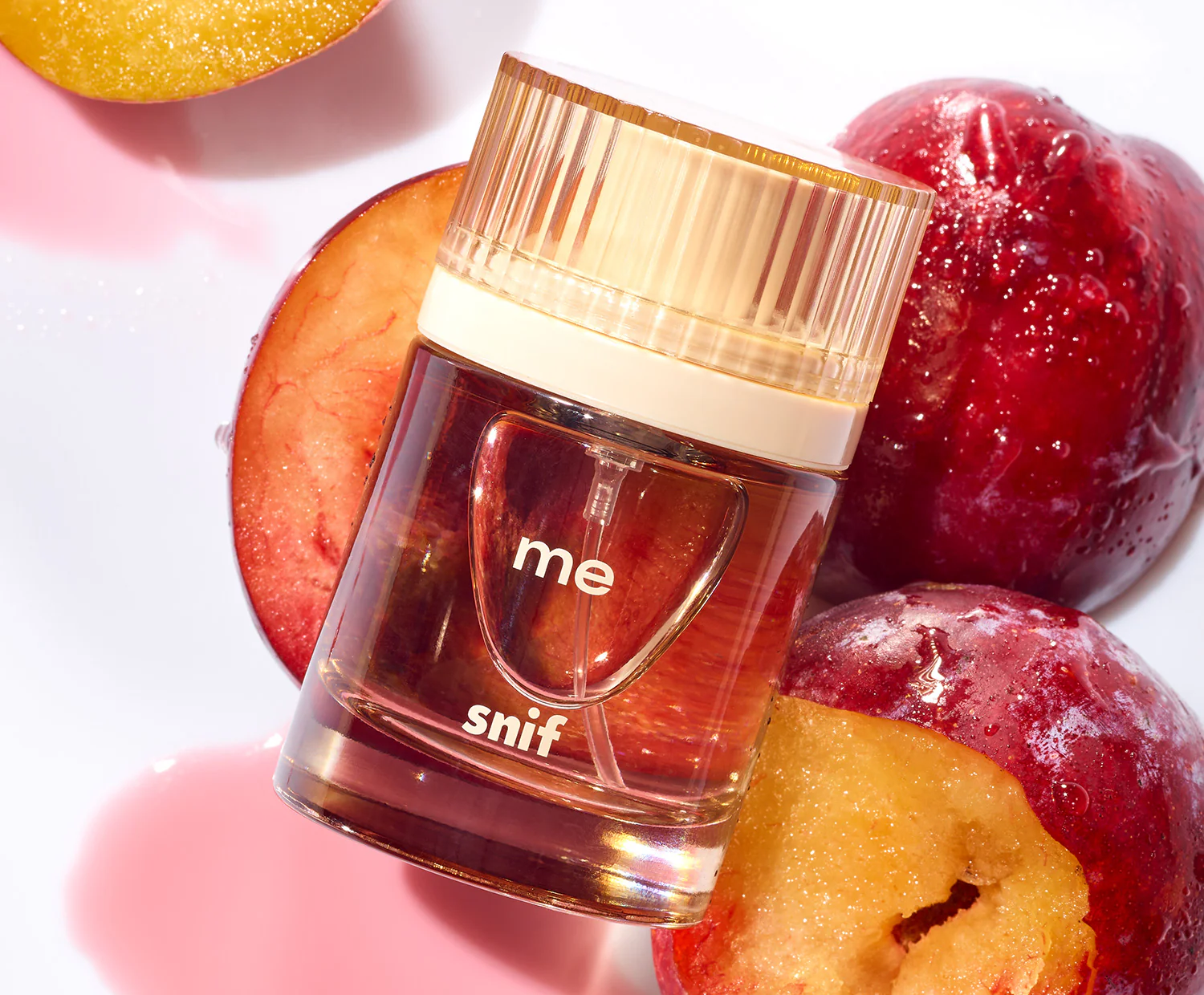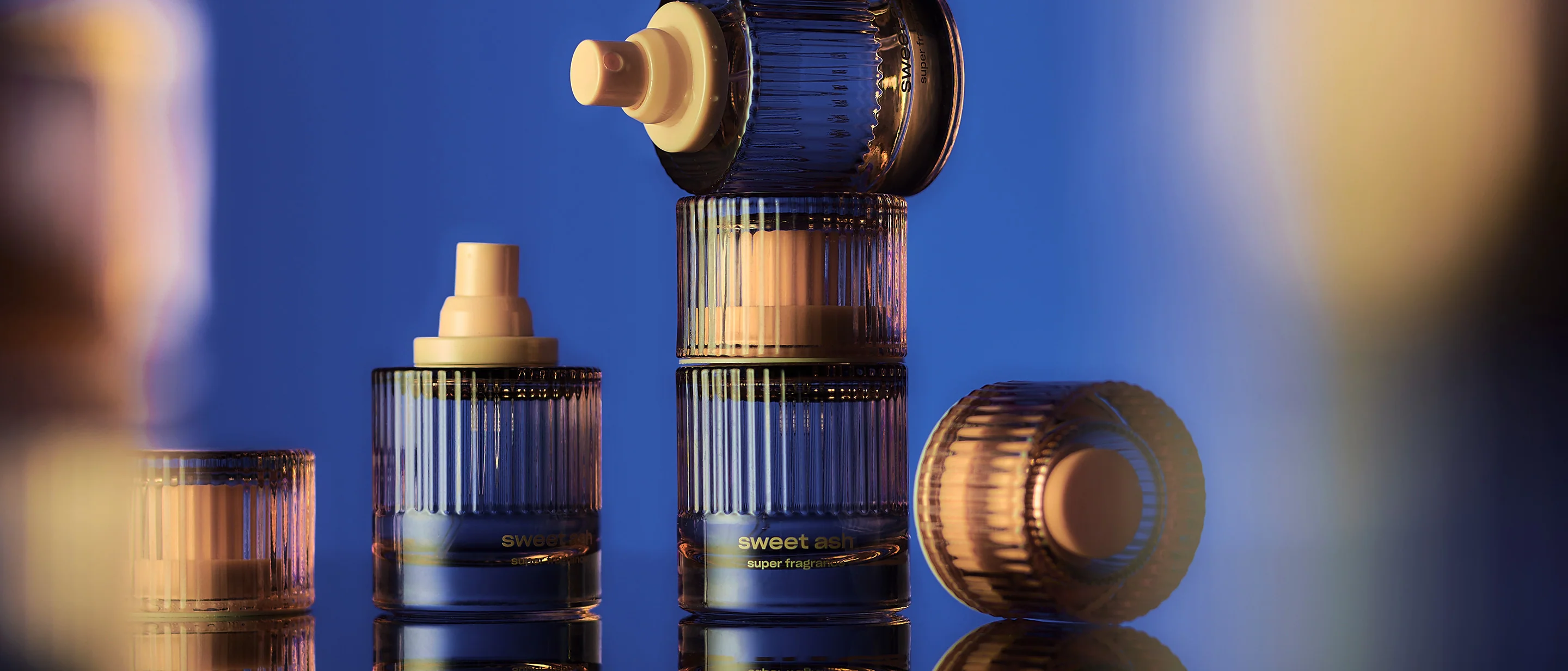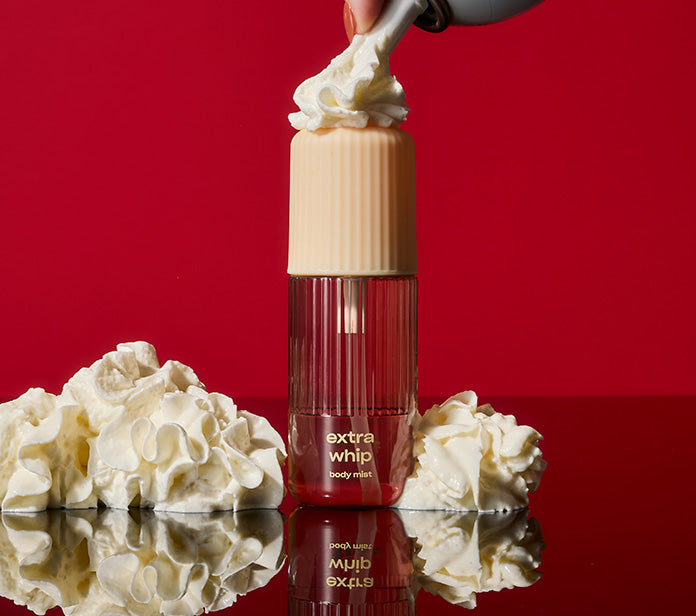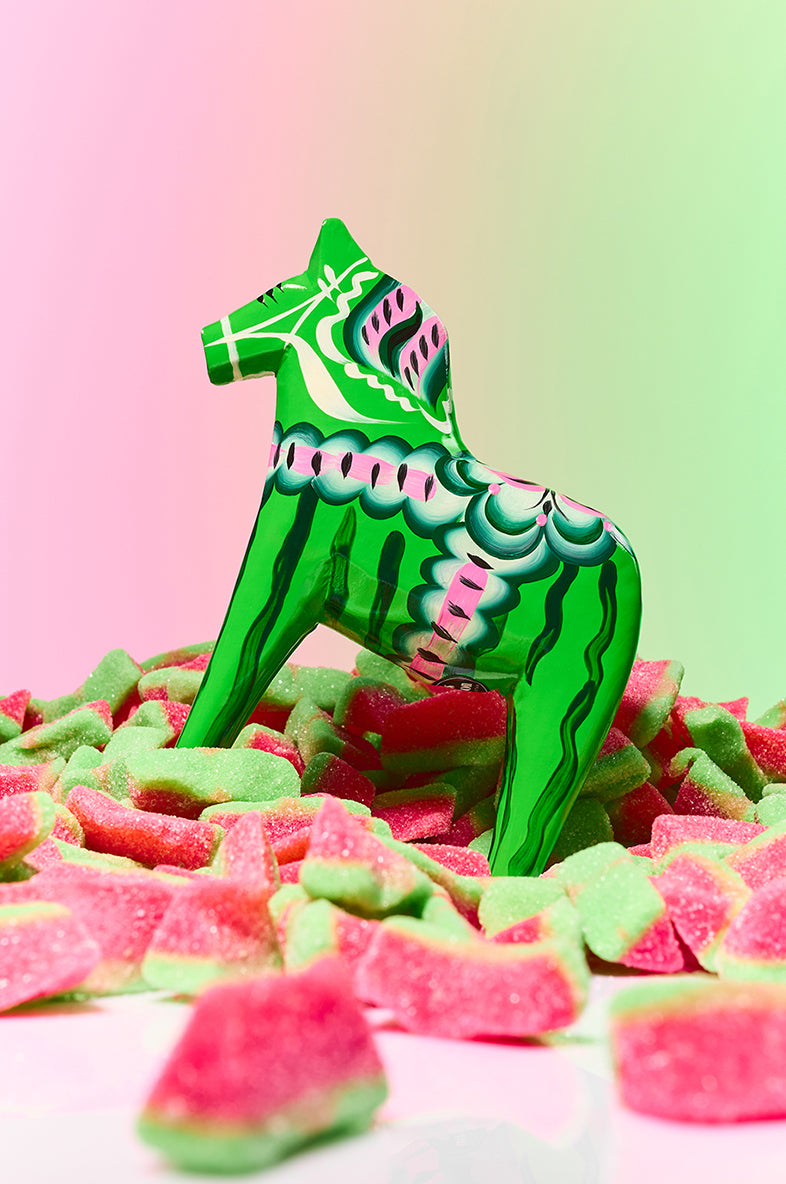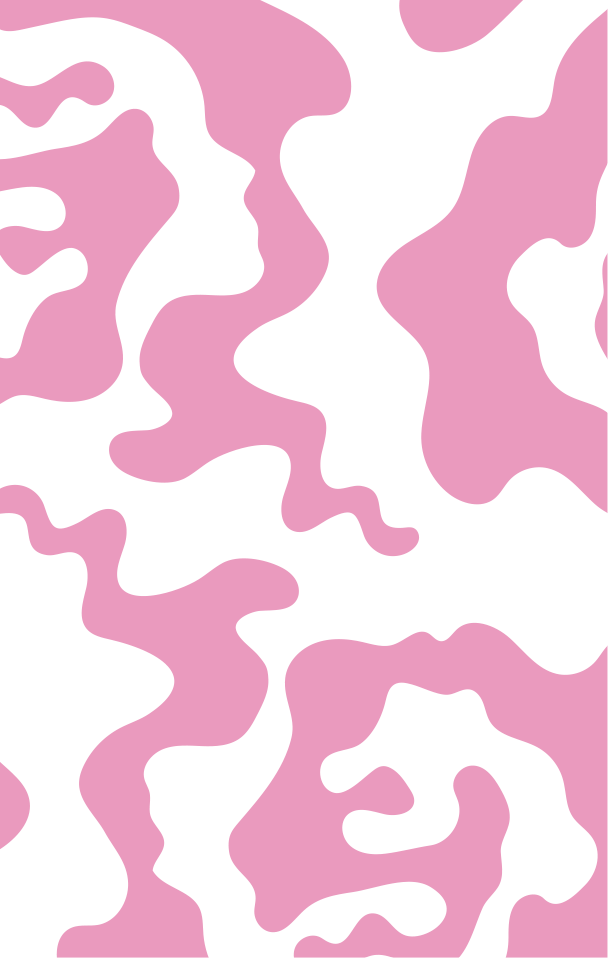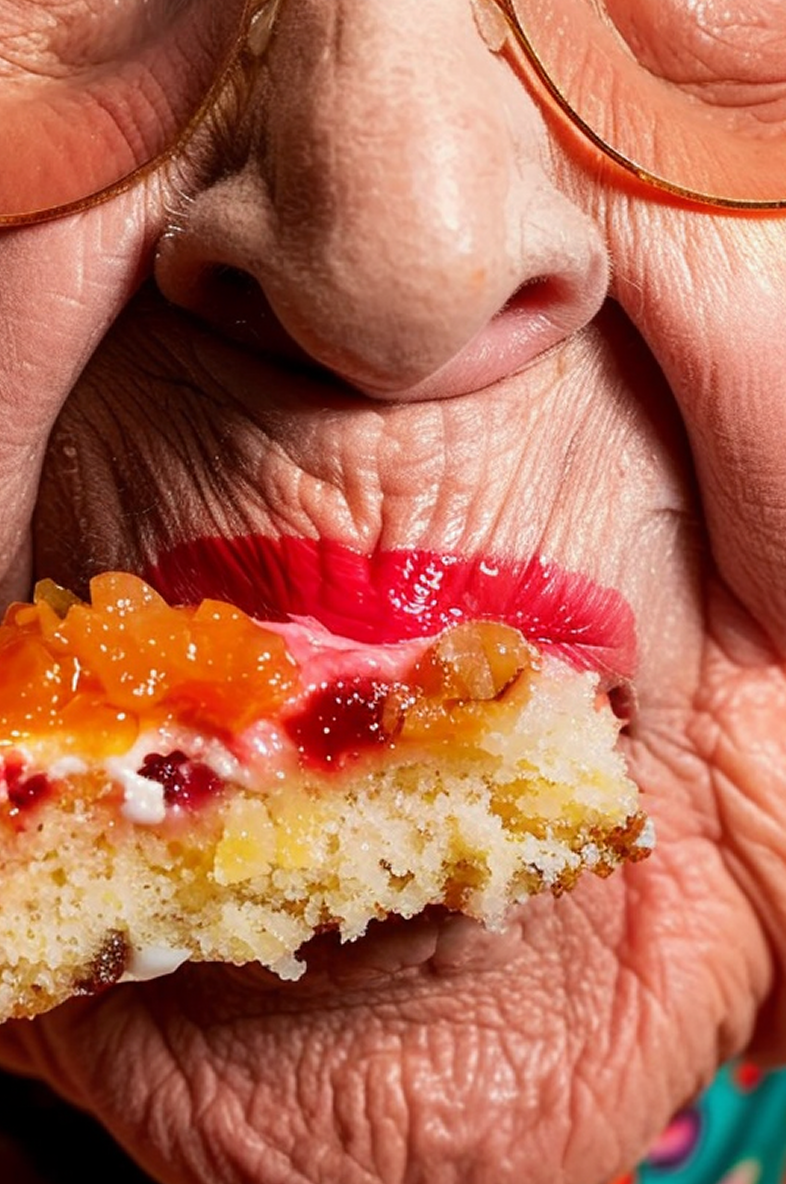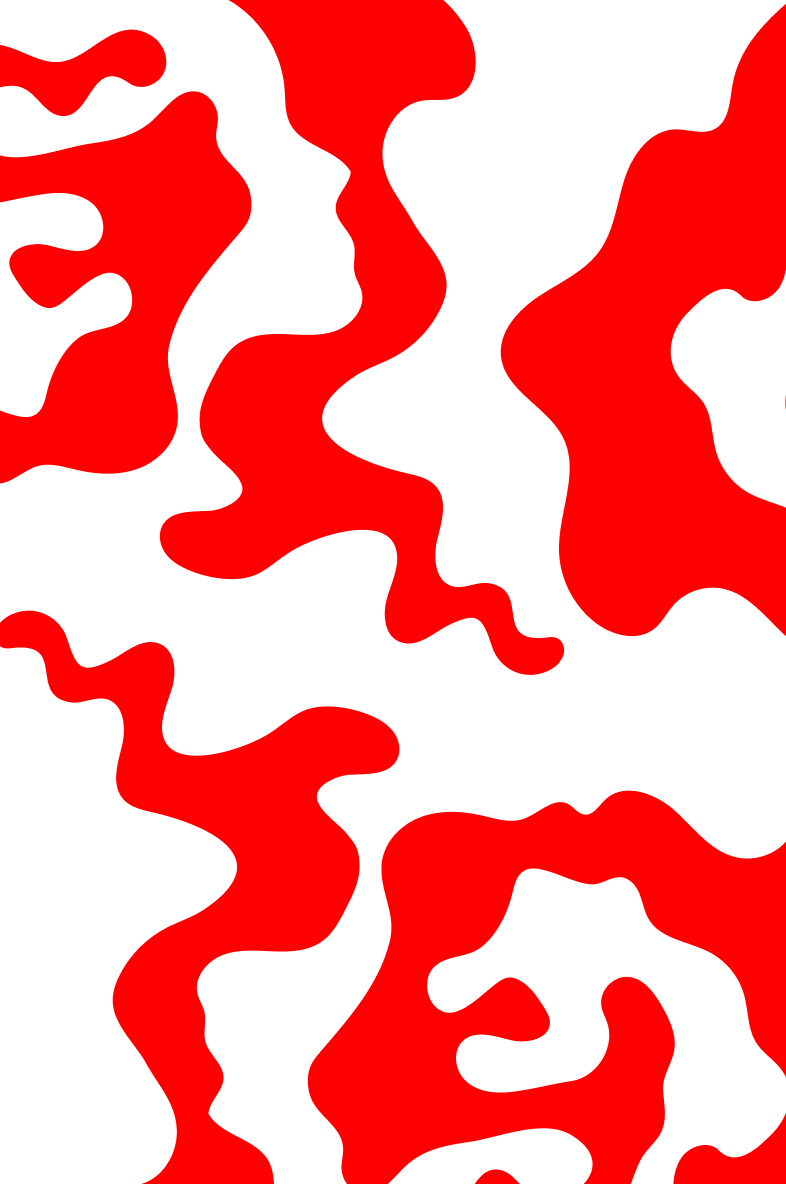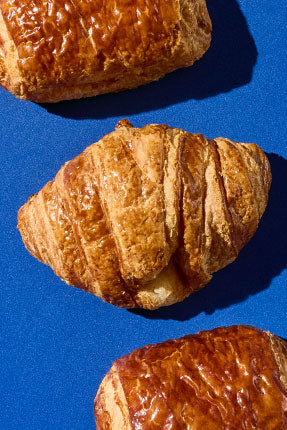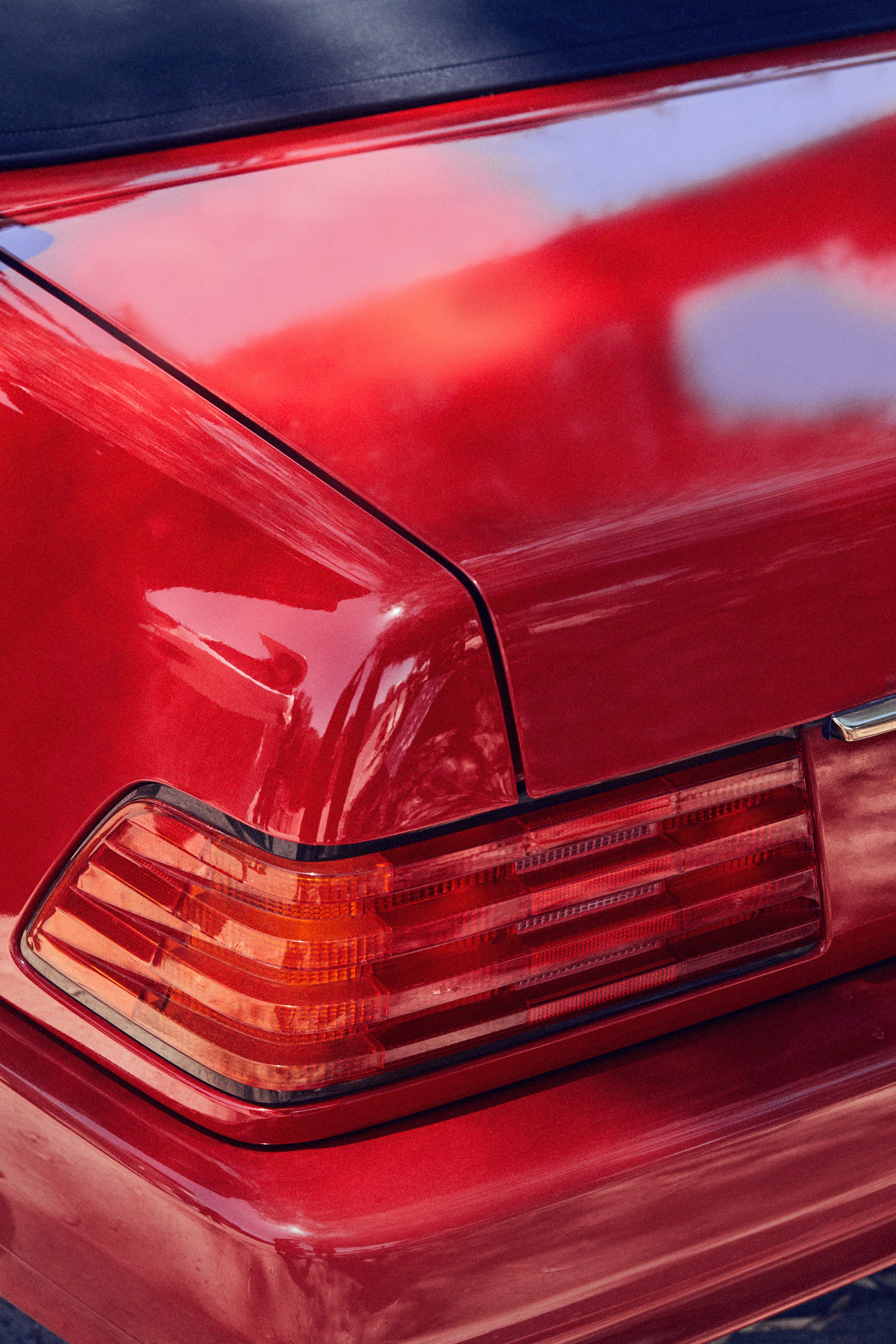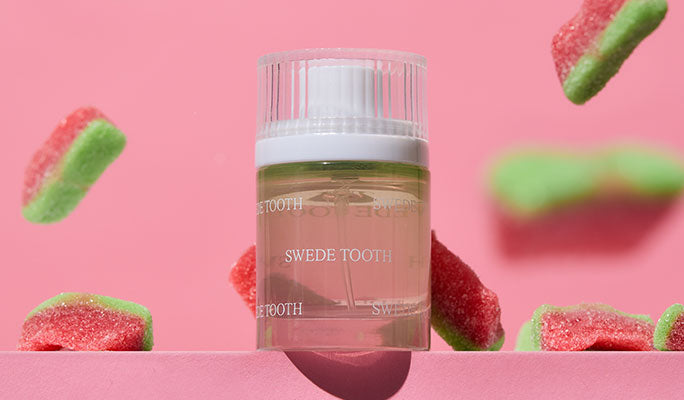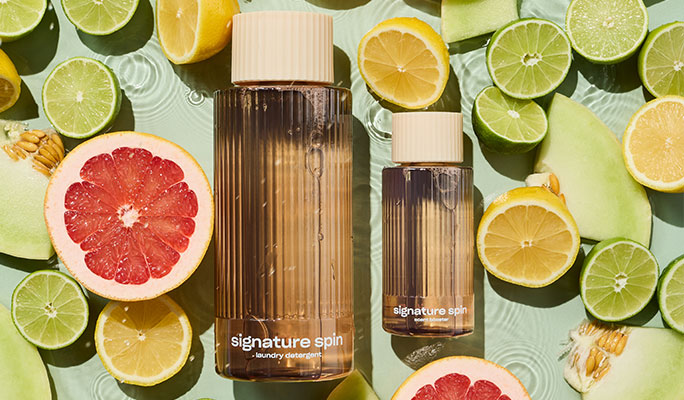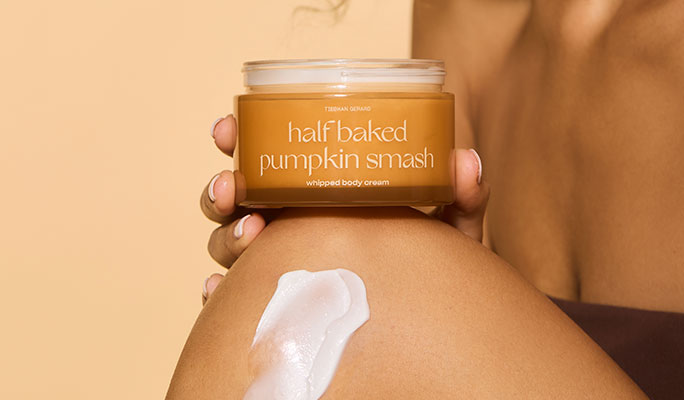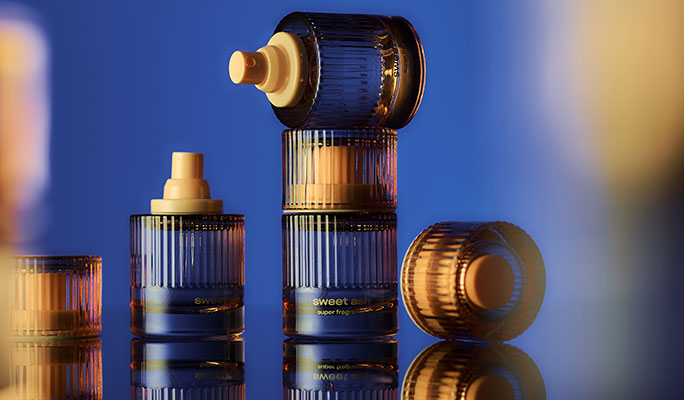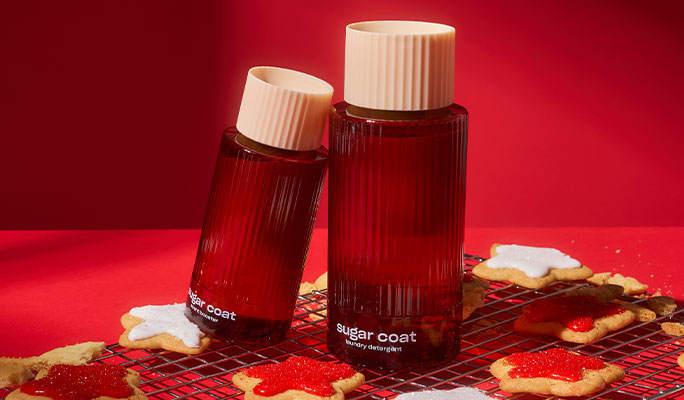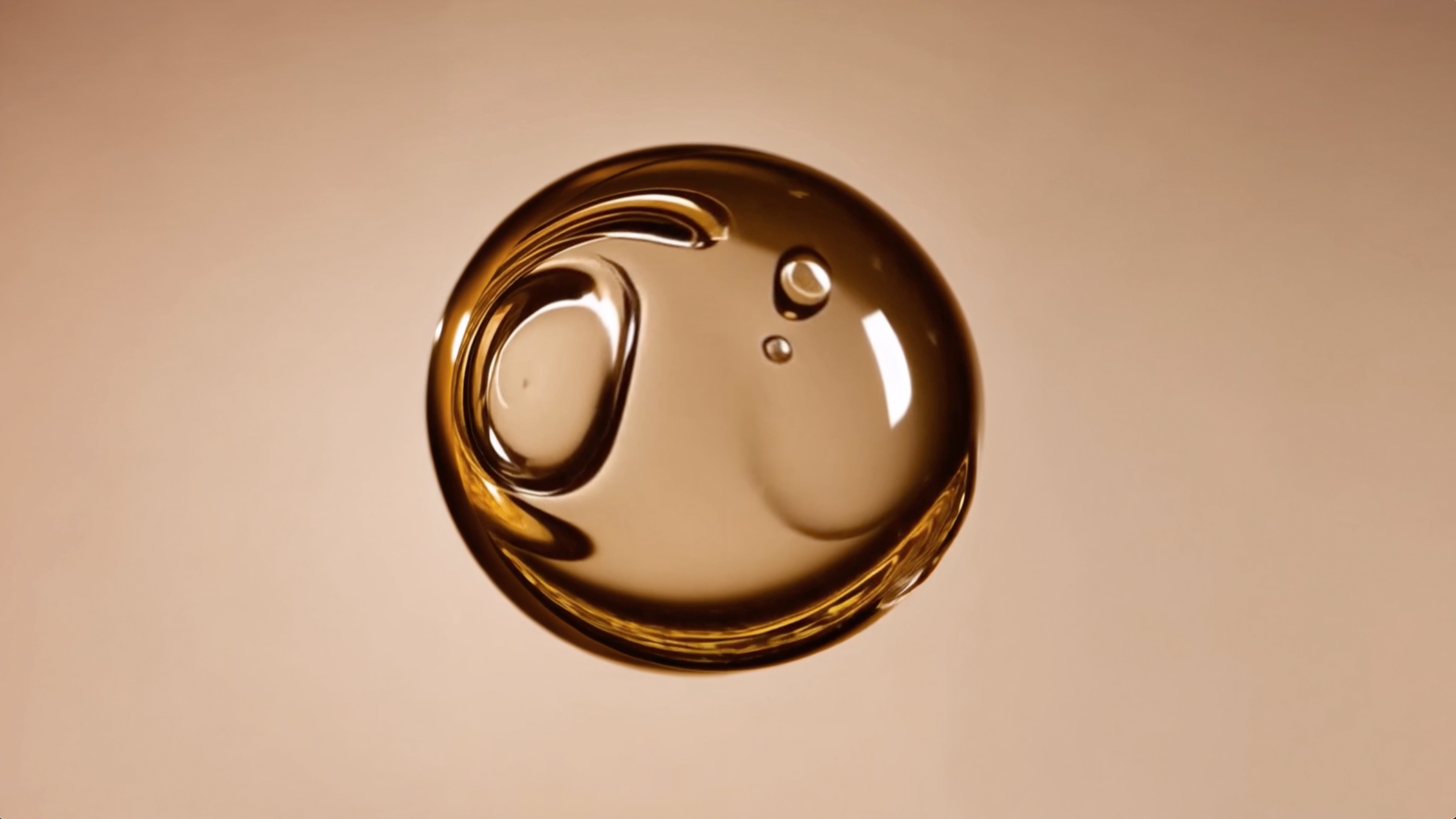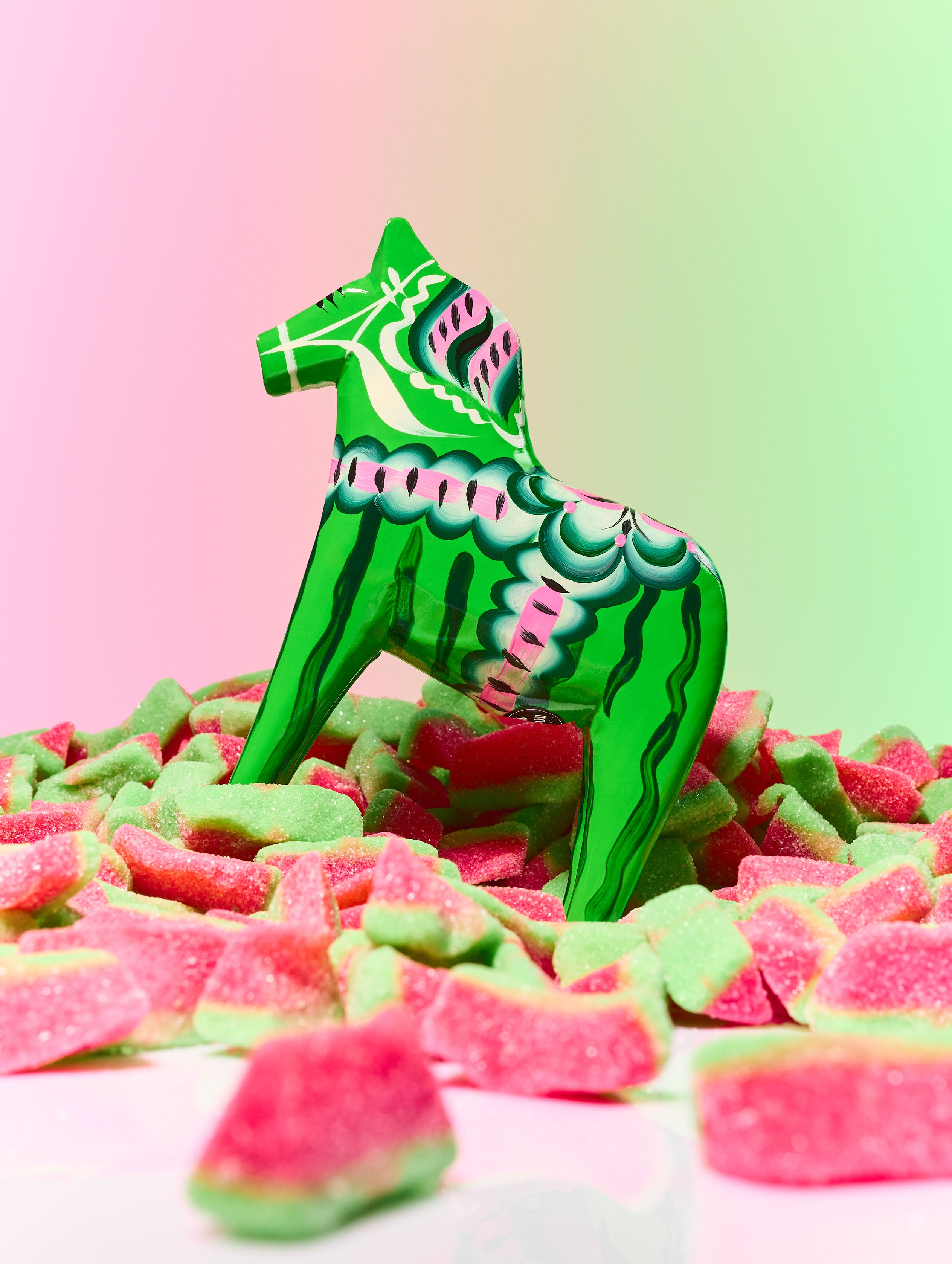The primary goal of doing laundry is to clean clothes and eliminate tough stains. That’s why it can feel especially frustrating to find splotches on your freshly washed garments.
Surprisingly, the source of these spots sometimes lies in your detergent itself. Detergent stains sound like the ultimate contradiction, but they’re more common than you might think.
Today, we here at Snif will be unpacking all things detergent stains — including what causes them and how to get rid of them for good.
What Causes Laundry Detergent Stains?
Laundry stains typically appear as yellow, blue, or white streaks on your clothes. These blemishes can feel rough or waxy to the touch and resemble grease stains or chalk patches.
There are several reasons why your load of laundry may be covered in these pesky imperfections.
Using Too Much Detergent
One of the most common causes of detergent stains is that you’re simply using too much.
Both liquid detergent and powdered detergent are meant to dissolve during a wash cycle, but if you add too much product to your washing machine, it’s possible that the excess soap won’t wash out. It’s worth noting that it can be especially tough for the detergent to dissolve if you’re using cold water.
Over time, this excess detergent can even build up inside of your washer, resulting in less efficient washing and detergent residue left on your laundry.
An easy solution to this problem is to be mindful of product waste and only use what is necessary. As an added bonus, you won’t have to restock your detergent as frequently and will save yourself a couple of bucks.
Overloading Your Machine
Another common cause of detergent stains is washing too much clothing at once. A large load in the washing machine can limit water circulation.
With the water unable to reach all of your clothing equally, the detergent won’t move around the way that it’s supposed to. This can lead to excess detergent on some of your garments.
Then, because the water isn’t circulating properly, this excess detergent won’t dissolve the way it’s supposed to and will get trapped in the clothing, resulting in unwanted splotches.
Artificial Colors
One of the lesser known causes of detergent stains are the artificial colors used in the detergent itself. Many laundry detergent formulas contain synthetic dyes that give them their unique color.
There are three different dyes most typically used in detergents.
The first is direct dye. Direct dyes are water-soluble dyes that dissolve easily. When used in cold water, this ingredient can leave stains on your laundry.
The second is aciddye. Aciddyes are the most common type of dye used in detergents. They are water-soluble and tend to stain less than the others. Still, this ingredient poses the potential to blemish your clothes if not rinsed thoroughly.
The third is pigment dye. Pigment dyes are less commonly used in detergents because they require a binding agent. They are not water-soluble and can leave residue behind.
The artificial colors in laundry detergents do not contribute to the cleaning process. Their sole purpose is to act as a colorant. Both a large load size and not using the correct amount of detergent can increase the chances of these dyes not dissolving during a rinse cycle and staining your clothes.
Hard Water
The cause of your detergent stains might not be your detergent, but the water you’re using to wash your clothes.
Hard water contains a high amount of dissolved minerals, including calcium, magnesium, and sulfates. When the minerals in hard water come in contact with your detergent, it can reduce its efficacy.
Detergents may not be able to dissolve the way they’re supposed to, which can result in your clothes not being cleaned properly or becoming stained.
There is also a possibility that the minerals in hard water will interact with the surfactants in your detergent and form a residue. This residue, often referred to as soap scum, can cling to fabrics and lead to stained garments.
To counteract the hard water in your washing machine, you can try a water softener, which is made to reduce the mineral concentration in your water as it passes through. Another alternative is to buy a detergent that’s specifically designed to work effectively in hard water.
How To Get Rid of Laundry Detergent Stains
Whether your detergent stains are caused by artificial colors, hard water, too much detergent, or an overfilled washer, your top concern is probably how to get rid of them. The good news is that there are several different ways to approach stain removal.
Here are some of the easiest methods for eliminating these blemishes and preventing them from coming back.
Spot Cleaning
Spot cleaning is the process of tidying up unwanted localized marks left on your laundry without having to put the load back in the washer.
The first step of spot cleaning is to locate the splotches on your fabrics and use a dry cloth to blot them. Blotting is the process of pressing down on a stain to absorb excess debris. Try not to rub the cloth into your garments because this could make the stain harder to get rid of.
Identifying the cause of the stain makes cleaning it up a lot easier. For example, if you are dealing with an oil stain, the best product to use for your spot cleaning would be a strong dish soap designed to eliminate grease.
In this case, you’re working to remove detergent stains, and what you choose should be based on the severity of the stain itself. Popular solutions include white vinegar and baking soda. Using a clean cloth, apply the solution to the stain.
When you are done, rinse the area with cold water, blot it one more time, and leave the piece to air dry. Once your garment is completely dry, you can check to see if the stain has been successfully removed or if you need another round of spot cleaning.
Soaking Your Clothes
Another method for removing detergent stains after a wash cycle is to soak your clothes. As previously explained, most detergent stains are caused by a buildup of detergent that wasn’t fully rinsed out of the fabric.
You can give your laundry a chance to rid itself of this excess product by submerging it in warm water. For an extra boost, add a bit of baking soda or vinegar and leave your garments to soak. Over time, the detergent particles will rinse away.
Re-Washing
Although you might not want to put your clean load of laundry back in the washer for another round, rewashing your clothes is an effective way to remove detergent stains.
To get the best results, try some of the aforementioned techniques first. Do some spot cleaning or soak the garments, then place them back in the washing machine.
Remember, one of the most common causes of detergent stains is using too much product or washing too many items at once. This time, try using less detergent and putting in a smaller load.
Avoid the Dryer
If you notice detergent stains on your laundry after taking it out of the washing machine, avoid putting your clothes directly into the dryer — wait to tumble dry your stained clothes until after the stains have been removed.
When a stain is exposed to heat, its particles bond with the fabric fibers. In other words, the heat from your dryer can actually lock the detergent stains into your clothes, making them much tougher to remove.
Before placing your blemished garments into the drying machine, consider taking a few minutes to handwash the problem areas or put them back in your laundry machine to re-wash. Then, when the detergent stains have been removed, you can put your laundry in the dryer.
Switch Detergents
Sometimesl the most efficient solution to avoiding stains in the washer is to switch detergents. The culprit of your streaked clothing may very well be the products you’re using.
Investing in a different type of detergent that is fabric-safe and made without harsh chemicals can keep your load of laundry safe… like our Laundry Collection at Snif.
Our laundry collection consists of cruelty-free, vegan products formulated with a high-end blend of natural and synthetic components — but no synthetic dyes.
Our Everything Wash Detergent is designed to eliminate tough stains and comes in six different scents. The Snif Liquid Scent Booster functions in place of a fabric softener and is made with non-irritating ingredients.
How To Prevent Detergent Stains
While detergent accidents can happen, they’re easy to avoid with a few simple habits. Here are some ways to get cleaner clothes without the unwanted stains.
Use a Dosing Chart
Dosing charts are helpful guides that explain how much detergent to use based on your load size and how dirty your laundry is.
Following dosage recommendations is key. Using too little detergent can leave clothes unclean, while using too much can prevent the detergent from rinsing out properly, leaving behind streaks and residue. Either way, you may end up needing a second wash, which wastes valuable time, water, and money.
To avoid this, keep a visible dosing chart on hand for quick reference. Please note that the amount of product necessary can vary depending on the detergent brand.
With Snif, we suggest the following doses:
- Small Load: 15ml
- Medium Load: 30ml
- Large Load: 45ml
- Extra Large Load: 60ml
Know Your Fabrics
Another way to improve your laundry routine is to learn more about fabric type variations. Materials can absorb and react to detergent in different ways. By adjusting your approach based on the type of fabric in your load, you can prevent detergent stains on clothes.
Delicate fabrics, like silk and lace, are lightweight materials that absorb detergent quickly and are more prone to buildup. Keep them safe by washing your delicates separately using a gentler cycle and slightly less detergent than usual.
Heavy-duty fabrics, like towels and denim, can safely tolerate more detergent. It’s okay to slightly increase your detergent amount for heavily soiled loads, but we suggest staying within the recommended range on your dosing chart.
Add Detergent Properly
Even small details like how and where you add detergent can make a big difference in whether it rinses out cleanly or leaves residue on clothes. Pouring detergent in the wrong spot can lead to streaks and stains on your clothing.
Some washing machine models have built-in dispenser drawers, also known as detergent drawers. These compartments are designed to hold and release detergent, fabric softener, or bleach at the right time. Using the dispenser makes sure your detergent is evenly distributed and diluted, which reduces the risk of stains.
If you’re adding detergent manually, avoid pouring it directly onto your garments — especially if you’re washing delicates or using a high-concentration formula. Instead, pour detergent into the empty drum before adding your clothes.
This gives the detergent a chance to begin mixing with water right away, which helps to distribute it more evenly throughout the load. It prevents the detergent from clinging to fabric and causing stains, as well as oversaturating one area and leaving other items unwashed.
What To Do If Stains Persist
Even with careful measuring and fabric awareness, streaks and residue can still sneak into your laundry. When these pesky detergent stains persist, it’s time to troubleshoot and work through possible causes, step by step.
Start by rewashing your stained items without adding any detergent. If the fabric allows, use warm water and a longer rinse cycle.
This simple reset is often enough to flush out leftover detergent. If it isn’t, move on to spot-treating the area.
Gently rub a solution of water and white vinegar or baking soda directly onto the stain. Let it sit for 5-10 minutes before returning it to your machine to wash again.
For heavier buildup, a soak may be more effective. Fill a basin with water and vinegar or dish soap and submerge your stained garment for 30 minutes. When time is up, rinse thoroughly and launder as usual.
If stubborn detergent stains continue to appear despite your best efforts, the issue may lie with your washing machine. Over time, detergent residue and other debris can build up inside the machine. The moist environment can even promote the growth of mold and mildew.
This grime isn’t always easy to spot, but when left unattended, it can negatively affect your washer’s performance, increasing the likelihood of streaks and unwanted smells on your washed clothing.
To fix this, try running a deep clean cycle using white vinegar or baking soda. Also, wipe down the drum, door, and gaskets, and check the filter for buildup of lint, hair, and other gunk. Cleaning your washer regularly will improve its rinsing power, reduce residue, and prevent unwanted odors from transferring to your clothes.
If the problem persists, it might be time to reconsider the products you’re using. Your current detergent could be incompatible with your washing machine or water type. In that case, we suggest switching to a high-performing, fabric-safe, non-toxic detergent, such as our own, for better results.
The same goes for fabric softeners. Many traditional softeners contain synthetic dyes added purely for appearance. When the dyes don’t dissolve properly or fail to rinse out completely, they can leave behind stains, especially on light-colored clothing.
To avoid this, try a safer alternative like our cruelty-free, water-based Snif Scent Boosters made without any synthetic dyes.
The Lowdown on Laundry
The truth is that perfecting your laundry routine can take a little practice. When it comes to washing your clothes, things aren’t always so cut and dry, and the occasional mistake is bound to happen.
Detergent stains are a common laundry mishap, but it’s one that you can correct with ease. With the right products and a little elbow grease you’ll be rid of those stubborn stains in no time at all.
Sources:
Sustainable Laundry Practices | CSU
